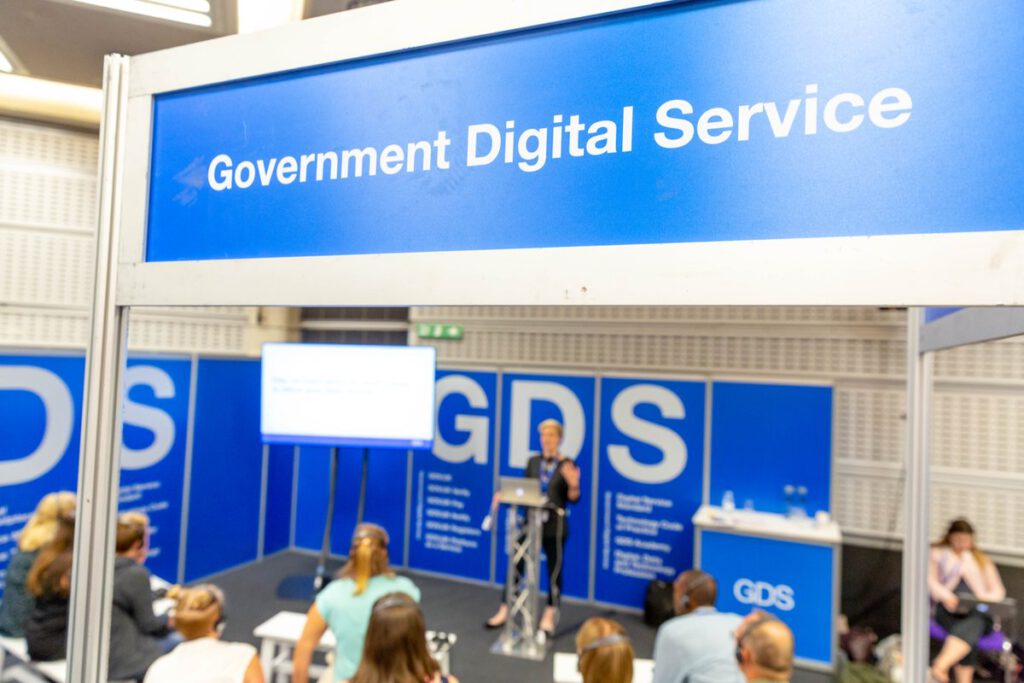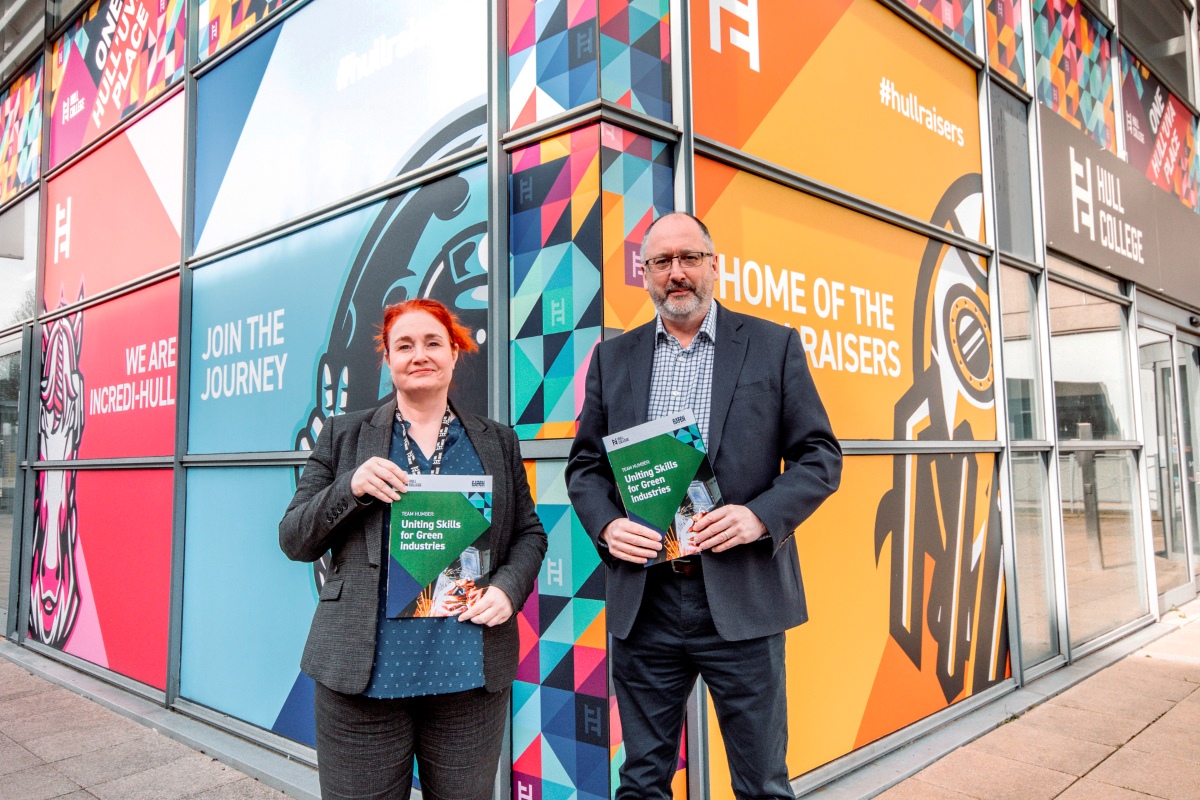Detailed guide: GovTech Catalyst challenge owner responsibilities

Public sector organisations that submit a GovTech Catalyst challenge must agree to meet all the challenge owner responsibilities.
The challenge owner runs and manages their GovTech Catalyst challenge. It’s the challenge owner’s responsibility to arrange all resources required to deliver the project, including dedicated project management expertise.
If more than one organisation contributes to a challenge, only one should act as the owner for contractual purposes. Organisations should agree how they’ll meet the challenge owner responsibilities before they submit their challenge – for example, by creating a blended team from all the organisations involved.
The GovTech Catalyst team will support challenge owners through the process, specifically during the definition of challenges and competition assessment stages.
If successful, you must:
- sign a memorandum of understanding (MoU) agreeing to administer GovTech Catalyst funding responsibly – this will include details of fund transfer and conditions
- manage receipt of funding with your finance department and your central government department if applicable
- make sure your team is available to discuss and potentially change details of the challenge so it can be launched to industry, specifically if there are any legal or logistical constraints which need to be considered before launch
Challenge submission
The challenge owner must:
- define their challenge, including the users, user needs, outcomes and impacts
- perform extensive background research for their challenge with both the public and private sector – this could result in public sector bodies submitting a joint challenge
- identify the team needed to support the delivery of the solution – this must include a full time project manager, subject matter experts and technologists
- identify and secure a budget to cover the support team, competition launch events and a contingency to cover potential funding shortfall for challenge owner costs
- get senior and stakeholder approval of the challenge, including approval of the team and budget needed to support solution providers
- consider any security clearance and data access required by the competition winners
- submit the challenge submission form on time
Challenge selection
You’ll need to:
- make sure you’re available to answer any questions from the GovTech Catalyst team related to your challenge – any delay in responding to information requests may impact your application
- provide detailed information about the challenge, outcomes, impacts, funding and organisational environment
If your challenge is successful
You’ll be given a competition launch slot. This could be quite soon after being notified of your success, but you’ll be consulted on timing.
Phase 1: setting up and running a competition
You should:
- complete the SBRI documents required to launch to industry, including coordinating with other parts of your organisation like procurement
- organise at least one competition launch event to explain your challenge to interested potential suppliers and include the details in the SBRI documents
- provide a list of potential suppliers who should be contacted about the launch to the GovTech team
- make sure you’re available to answer any questions about your completed SBRI documentation – any delays in responding to questions can impact the launch date
- publish any information shared at the event in an accessible format for potential suppliers who can’t attend (for example with a recording, transcript and any slides used)
- make sure you’re available to answer any questions from potential suppliers during the competition
- publish all questions you receive from suppliers, with your answers, and let suppliers know where they can see them
- attend a moderation panel meeting to assess and agree scores – the panel will produce a ranked ordered list which includes a threshold which determines which applications will be funded
- manage the signing of contracts between your procurement team and phase 1 suppliers
- update Contracts Finder with the awarded phase 1 contract
- if necessary, sponsor suppliers’ applications for security clearance
Phase 1: implementation and review
The challenge owner will need to:
- run and support the winning projects: for example by helping to facilitate user research and making sure competition winners meet their contracted delivery and payment milestones
- make sure suppliers follow relevant technological and digital standards
- provide regular challenge status updates for GovTech Catalyst communications purposes
- collect end of challenge reports from solution providers and share them with the GovTech Catalyst team
- review and give feedback on the solution providers’ reports
- be prepared to write an assessment of the success and lessons learned from phase 1 and present this to other parts of government
Phase 2: evaluation
Challenge owners will have to provide an end of phase 1 report to the GovTech Catalyst team, including recommendations and next steps.
Only some phase 1 challenges will progress to phase 2.
You should be in a position to determine whether there should be a phase 2 based on the results of phase 1. If you want to proceed to phase 2, start preparing the invitation to tender (ITT) documents needed for phase 2 at the end of phase 1 – including agreeing senior and stakeholder support.
You will need to:
- submit a phase 2 proposal document (including the scope, duration and estimated funding)
- work with the GovTech Catalyst team as they assess the phase 2 challenge proposal
- make sure you’re available to answer any questions from the GovTech Catalyst team or suppliers during the selection process
- publish all questions you receive from suppliers, with your answers, and let suppliers know where they can see them
The GovTech Catalyst board will approve phase 2 proposals based on:
- the proposed scope of phase 2
- how the challenge owner supported suppliers during phase 1
Once Phase 2 selection is complete
You must:
- manage the signing of contracts between your procurement team and phase 2 suppliers
- update Contracts Finder with the awarded phase 2 contract
- if necessary, sponsor the suppliers’ applications for security clearance
Phase 2: implementation
In phase 2 you should:
- run and support the winning projects by working with suppliers on a day to day basis and make sure they meet their contractual delivery and payment milestones
- quickly address any issues raised by the steering board in the end of phase report
- work with suppliers in an agile way which crucially involves building quickly, testing and then iterating
- actively help suppliers gain access to the appropriate users for research and ensure findings are used to inform the solution’s development
- provide regular challenge status updates for GovTech communications purposes
- establish clear evaluation measures at the beginning of the phase so the project’s success can be clearly and easily measured
- collect end of challenge reports from solution providers and share them with the GovTech Catalyst team
- review and give feedback on the solution providers’ reports
- be prepared to write an assessment of the success and lessons learned from phase 2 and present this to other parts of government
- provide an end of phase report to the GovTech Catalyst team (including recommendations and next steps)
Procurement and adoption
The challenge owner should intend to procure any successful phase 2 solutions. You’ll know it’s been successful if it meets your agreed KPIs.
You should follow your standard procurement process to procure your solution. You’ll need to have:
- a planned route to market
- an intention to support your supplier with their business model definition
- contract milestones about how to make your solution commercially viable
- a working relationship with your internal commercial team
- an understanding of standards and/or certification that the end solution must meet
- an understanding of the product development costs you’ll need to meet after phase 2
You must also give the GovTech Catalyst team regular updates on your progress.
Published 21 May 2018
Last updated 25 June 2019 + show all updates
- Added more detail about some of the challenge owners’ responsibilities
- Link to new guidance on relevant technological and digital standards and updated guidance about suppliers questions
- Processes updated for Round 3.
- First published.












Responses